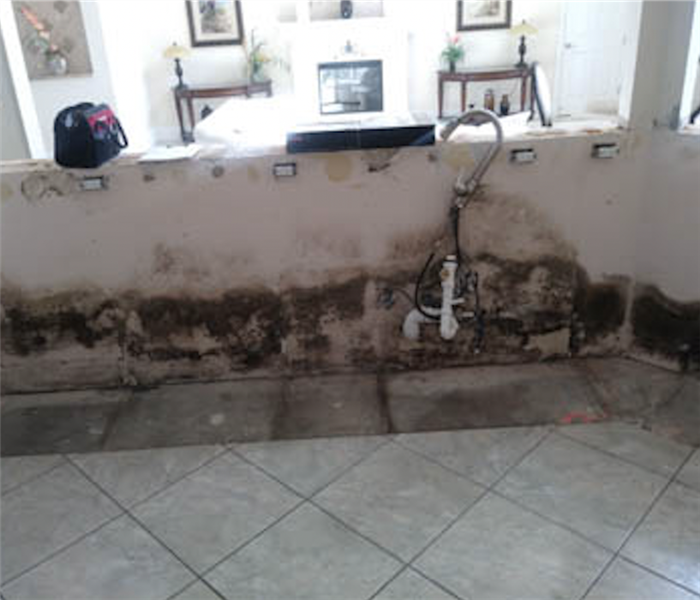The Different Types of Mold Commonly Found in Homes
5/13/2024 (Permalink)
 By understanding the different types of mold that can be found in homes, homeowners can take appropriate measures to prevent mold growth.
By understanding the different types of mold that can be found in homes, homeowners can take appropriate measures to prevent mold growth.
Mold is a common issue in many homes, and different types of mold can thrive in various environments. Identifying the specific type of mold in your home is essential for effective remediation. Here's a closer look at some common types of mold:
Cladosporium
Cladosporium is a widespread type of mold that can appear as dark green or black spots on surfaces. It often grows on organic materials like wood, textiles, and plant debris. Cladosporium mold can thrive in both indoor and outdoor environments, particularly in areas with high humidity levels. While it's not typically considered harmful, large concentrations of Cladosporium mold can cause staining and structural damage to building materials.
Aspergillus
Aspergillus is a genus of mold that includes numerous species commonly found indoors and outdoors. It can appear in various colors, including green, yellow, and brown. Aspergillus mold typically grows on organic materials like soil, compost, and decaying vegetation. While most species of Aspergillus are harmless, some can produce allergens and irritants.
Stachybotrys
Stachybotrys, often referred to as black mold due to its dark appearance, is a fungus that flourishes in areas with high moisture levels and water damage. Its characteristic slimy black spots can frequently be observed on surfaces such as drywall, ceiling tiles, and wood.
Penicillium
Penicillium is a genus of mold that includes over 200 different species, some of which are commonly found indoors. It can appear as blue or green fuzzy spots on surfaces and often grows on materials like wallpaper, carpeting, and upholstered furniture. While Penicillium mold is known for its role in producing antibiotics and cheese, certain species can produce mycotoxins.
Alternaria
Alternaria is a type of mold commonly found in indoor and outdoor environments. It appears as dark green or black spots on surfaces and is often associated with water damage and damp conditions. Alternaria mold can grow on a variety of materials, including walls, ceilings, and window sills.
By understanding the different types of mold that can be found in homes, homeowners can take appropriate measures to prevent mold growth and address any existing issues effectively. Regular inspection and maintenance of your home's interior and exterior can help reduce the risk of mold infestations and maintain a healthy indoor environment. If you suspect mold growth in your home, consider consulting a professional mold remediation specialist, such as SERVPRO of Punta Gorda, for assistance.




 24/7 Emergency Service
24/7 Emergency Service